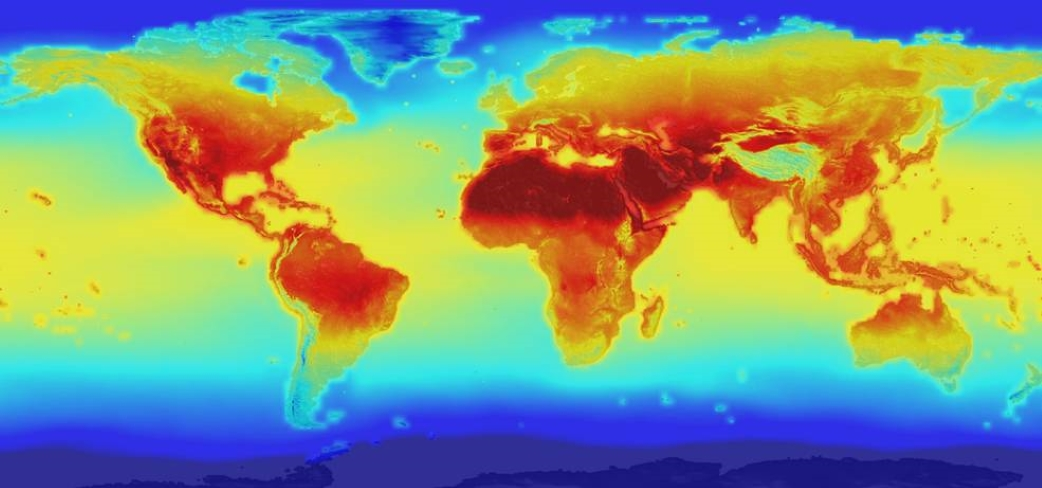
A new step in the fight against the climate crisis: NASA proposes a method of freezing the Earth’s atmosphere
Scientists warn that the world could face more severe heat waves, droughts and wildfires in 2024 than in previous years. In response to this threat, scientists around the world are actively developing ambitious strategies and plans to alleviate the impacts of climate change. The Daily Mail reports this.
Airplanes at altitude: NASA’s plan to spray ice to cool the Earth
NASA has developed a groundbreaking strategy to address climate change, involving the bold concept of infusing millions of tons of ice into the Earth’s atmosphere to reduce the planet’s temperature. According to the plan, the researchers expect to dispatch aircraft to an altitude of 17.6 kilometers which is significantly higher than the altitude of commercial flights. At these altitudes, these aircraft will release ice particles to solidify water and eliminate water vapor, which could otherwise become a greenhouse gas. This ambitious plan aims to reduce the Earth’s lowering temperature by decreasing greenhouse gas effects in the atmosphere.

The emergence of this proposed plan has generated mixed reactions among both scientists and the public. Some have expressed concerns about the potential negative consequences of such interference with natural processes. However, others believe that this could be an important step in the fight against global warming and its devastating effects. The question of how effective this plan will be and what its long-term consequences might be remains unanswered. This plan is currently under development and requires further research and extensive discussion before it can be implemented.
Path to Cooling: NASA Researchers’ Plan to Combat Climate Change
The researchers emphasize that their concept is not targeted at minimizing the effects of carbon dioxide, but only at the estimated cooling of the Earth’s atmosphere by a fraction of 1/70, which corresponds to the amount of heat produced by carbon dioxide. The frozen particles are planned to be introduced into the Earth’s atmosphere at a location in the western Pacific Ocean That is the size of Australia. This decision is driven by the fact that the boundary between the troposphere and the stratosphere above the tropical western Pacific is seen as a critical element in assessing the volume of water vapor conveyed into the stratosphere.The study’s preliminary findings also warn that with climate change, prehistoric pathogens frozen for decades are beginning to emerge from permafrost, and about 1% of them could pose a real threat to humanity.

This raises serious concerns about the possible resurgence of ancient illnesses that might become a threat to humanity. Therefore, measures must be taken to control the spread of these pathogens and prevent potential pandemics. Injecting ice particles into the atmosphere could be one step towards fighting climate change and minimizing its negative consequences. However, it is crucial to thoroughly evaluate all potential risks and side effects of such measures to avoid unintended consequences for the ecosystem and human health.